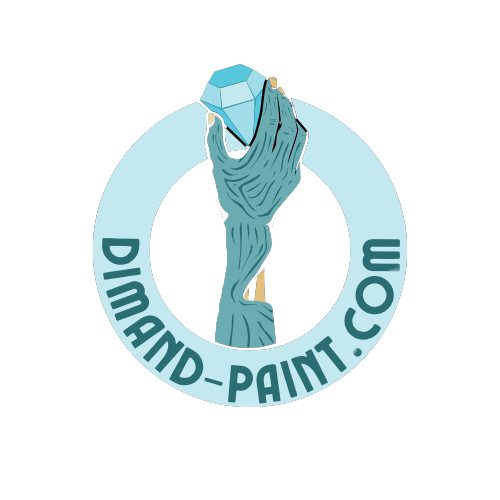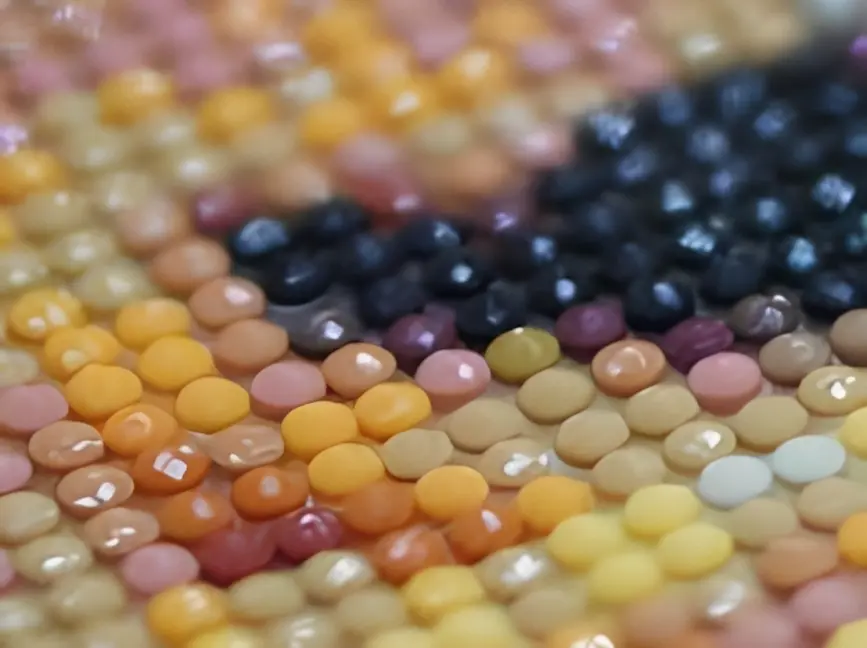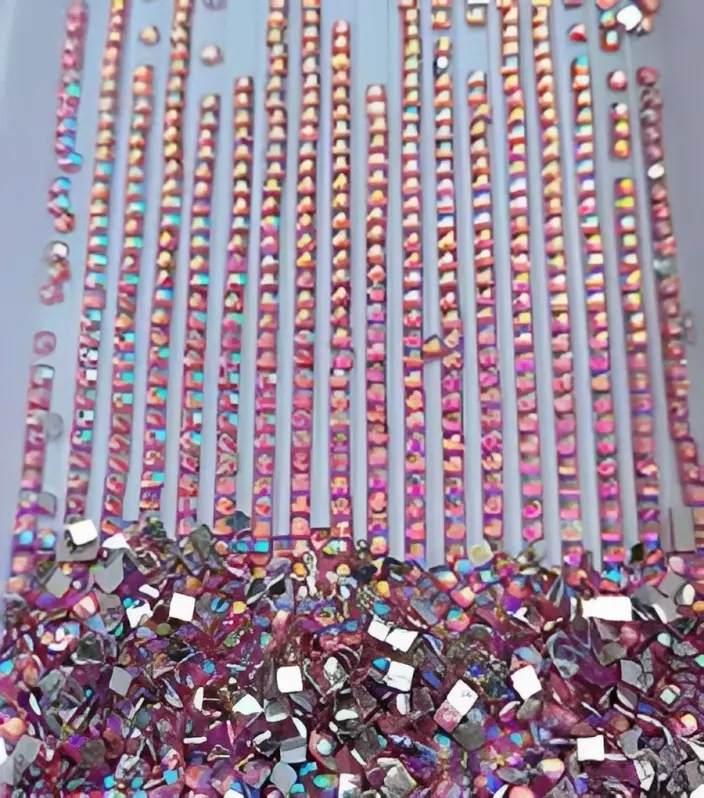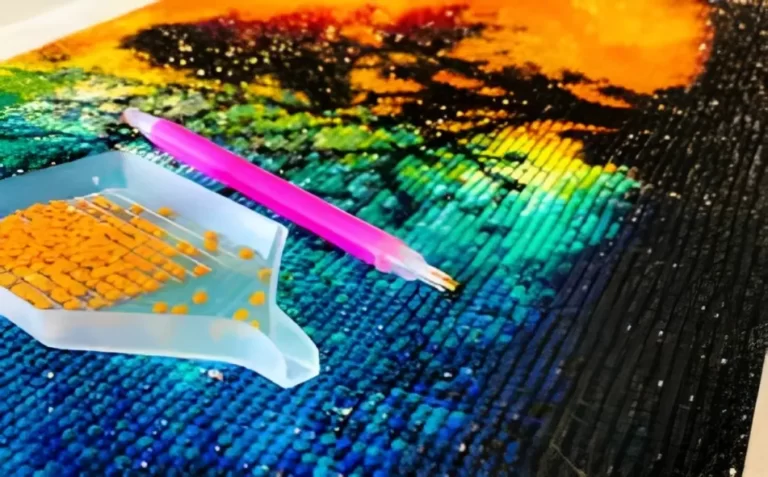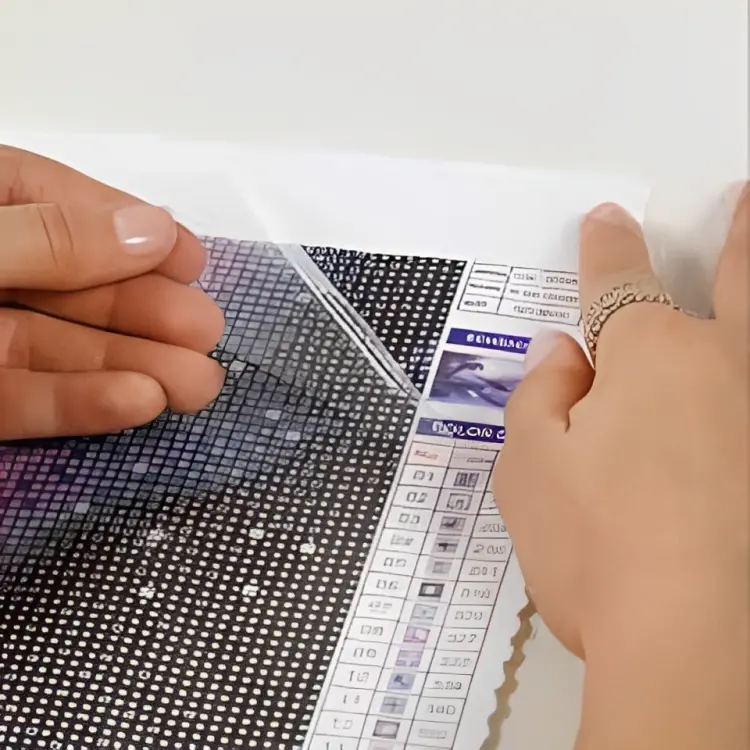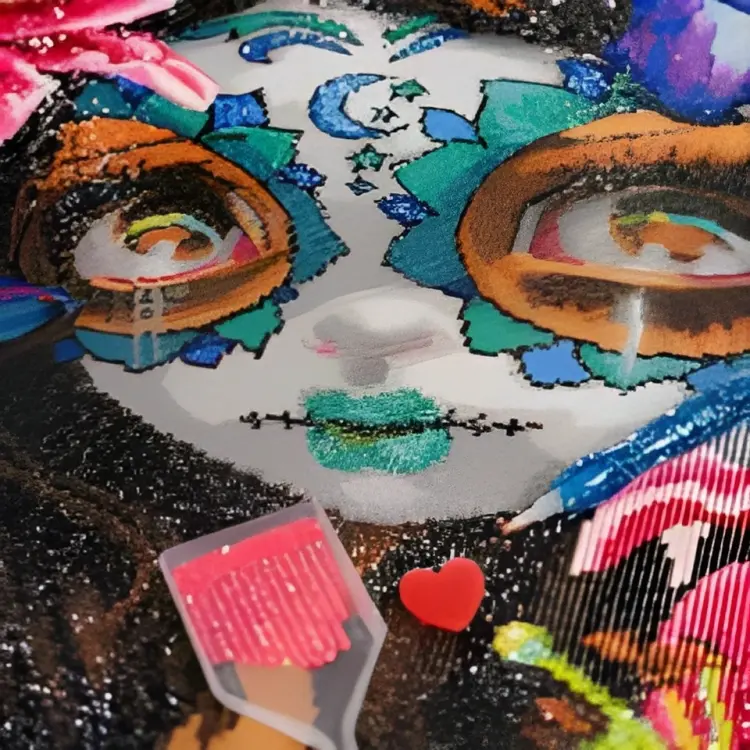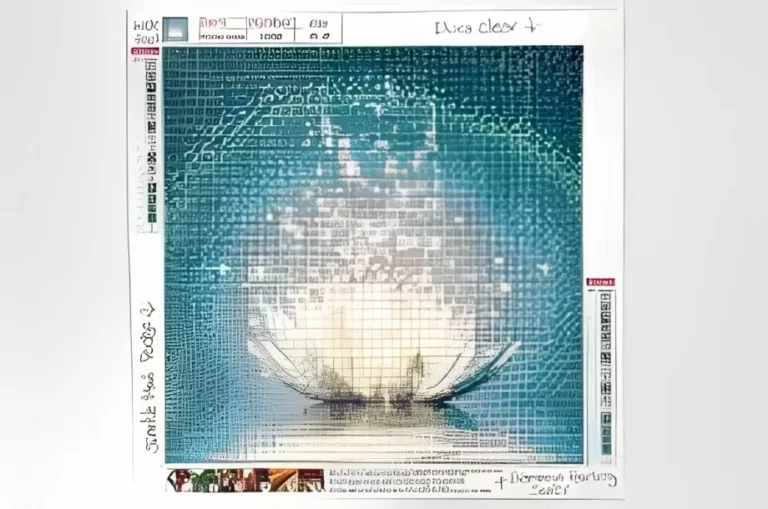What is Diamond Painting with Round Drills?
Diamond painting is an exciting and creative craft that has gained immense popularity in recent years. It involves placing tiny, sparkly diamond drills, also known as rhinestones or resins, onto a canvas to create stunning and vibrant artworks. These diamond drills are available in various shapes, with round and square being the most common options.
Understanding Round Drills
Round drills, as the name suggests, are circular in shape and slightly larger than square drills. They are known for their ability to sparkle brightly due to having more facets, which are the angular surfaces or cuts on the diamond. The result is a beautiful “cross-stitch” appearance in the final diamond painting.
Choosing Round Drills for Beginners
For beginners in the world of diamond painting, round drills are often recommended. Their larger size and forgiving nature make them easier to pick up and place on the canvas. Even slight misplacements of round drills do not significantly affect the final result, making them an ideal choice for those just starting.
Achieving Sparkle with Round Drills
The sparkle in diamond painting is determined by the number of facets and the cut of the drills. Round drills, with their numerous facets, create a sparkling effect that rivals the brilliance of glitter. Though square drills also have a glow, it is the shape and cut that differentiate the two.
Creating Art with Round Drills
Certain designs and styles look particularly appealing with round drills. The “cross-stitch” effect adds a unique touch to the artwork, especially in mandala and glow-in-the-dark pieces. Artists can explore various techniques to make their creations stand out with round drills.
Size Difference and Its Impact
The slight difference in size between round and square drills can impact the level of detail in the artwork. Round drills are slightly larger, which means there are fewer of them in the same space compared to square drills. This results in a different resolution and visual appearance.
Completeness and Coverage
Round drills may leave tiny gaps between them on the canvas, allowing the background to peek through. For those seeking a fuller and seamless look, square drills offer complete coverage without any gaps. Each square drill fits neatly next to the other, creating a mosaic-like appearance.
Precision and Challenges with Square Drills
Square drills require precision in placement. Even a single misplaced drill can affect surrounding diamonds, demanding steady hands and accuracy from the artist. However, this precision also allows for sharp lines and a high level of detail in the artwork.

Satisfying Snap Sound of Square Drills
Many diamond artists enjoy the “snap” sound that square drills make when placed on the canvas using the checkered method. This sound is considered satisfying and adds to the overall experience of creating a diamond painting.
Customization and AB Diamonds
Artists can enhance their diamond paintings by combining round drills with AB (Aurora Borealis) diamonds. These special drills have an iridescent coating that resembles the Northern Lights, adding extra sparkle and depth to specific areas of the artwork.
Personal Preference: Round vs. Square
Ultimately, the choice between round and square drills comes down to personal preference. Some artists enjoy the ease and forgiving nature of round drills, while others appreciate the precision and completeness achieved with square drills. There is no right or wrong choice, and both options lead to beautiful and captivating diamond paintings.
Conclusion
In the captivating world of diamond painting, round and square drills offer unique benefits and visual effects. Beginners may find round drills more accommodating, while experienced artists may prefer the precision and completeness of square drills. Whatever the choice, diamond painting with round drills opens up a world of creativity and artistic expression that brings joy and satisfaction to both the artist and the admirer.
